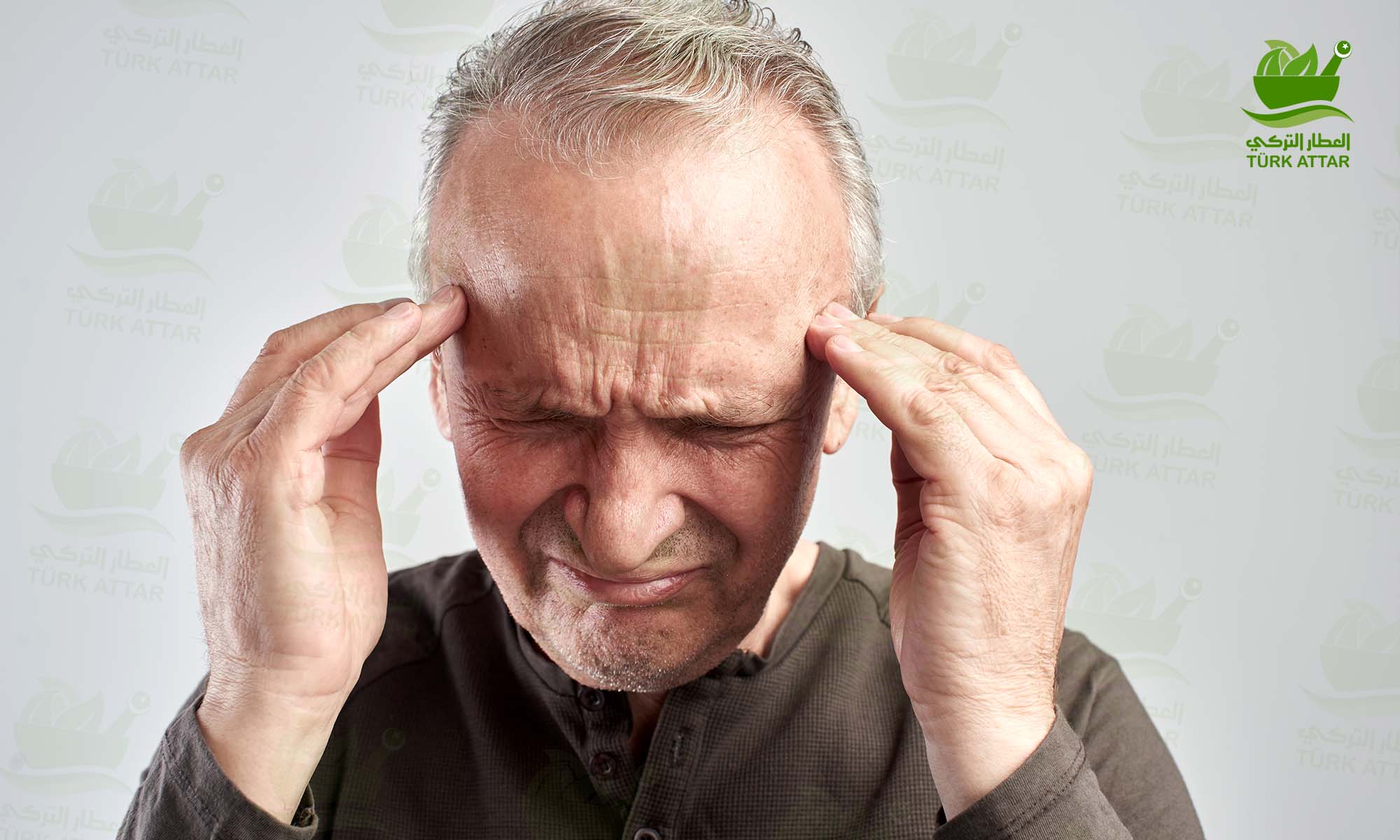
When blood flow to part of your brain is reduced or interrupted, a stroke occurs that prevents brain tissue from getting oxygen and nutrients, and brain cells begin to die within minutes. Temporary or permanent loss of functions occurs in the area where the stroke occurred. Stroke (Paralysis) is a medical emergency and immediate treatment is of paramount importance. Early intervention can reduce brain damage and other complications. Effective treatments can also help prevent disability from stroke.
Reasons
What are the Causes of Stroke (Paralysis)?
There are 2 types of strokes: a blocked artery (ischemic stroke) or a blood vessel leaking or bursting (hemorrhagic stroke). Some people may suffer a stroke, known as a transient ischemic attack (TIA), that does not cause permanent symptoms and causes a temporary interruption in blood flow to the brain.
Ischemic Stroke
It is the most common type of stroke. The brain's blood vessels become narrowed or blocked, causing severely reduced blood flow (ischemia). Clogged or narrowed blood vessels are caused by fat particles accumulating in the blood vessels, or by blood clots or other debris circulating in the bloodstream and lodged in the blood vessels in the brain.
Hemorrhagic Stroke
A hemorrhagic stroke occurs when a blood vessel in the brain leaks or ruptures. Brain hemorrhages can be caused by many conditions that affect your blood vessels.
Hemorrhagic Stroke Factors
uncontrolled high blood pressure
Exposure to overtreatment with blood thinners(Anticoagulant)
Swelling of blood vessel walls
Trauma
Protein deposits that cause weakness in the vessel wall
ischemic stroke causing bleeding
Arteriovenous malformation
Transient Ischemic Attack (TIA)
Stroke Risk Factors
People over the age of 55 are more likely to have a stroke than younger people. Although the risk of stroke in men is higher than in women, the death rate from stroke in women is higher than in men. Using estrogen-containing birth control pills or hormone treatments increases the risk of stroke.
lifestyle risk factors
Being overweight or obese
physical inactivity
drug use
Medical Risk Factors
Hypertension
Smoking or passive smoking
high cholesterol
Diabetes
obstructive sleep apnea
Cardiovascular disease such as heart failure, heart defects, heart infection, or atrial fibrillation
Personal or family history of stroke, heart attack, or transient ischemic attack
Covid-19 infection
Stroke Complications
Stroke is temporary or permanent disability in some areas, depending on how long the brain is devoid of blood flow and which part is affected.
Complications can include:
Paralysis or Loss of Muscle Movement
You may develop paralysis in one part of your body or lose control of certain muscles.
Speech or Swallowing Difficulty
A stroke can take control of the muscles in your mouth and throat, making it difficult for you to speak clearly, swallow, or eat. You may also have difficulties with language-related issues, including speaking, understanding, reading, and writing.
Memory Loss or Difficulty Thinking
Many people who have had a stroke may also experience memory loss. May have difficulty thinking, reasoning, judgment, and understanding concepts.
emotional problems
People who have had a stroke may have more difficulty controlling their emotions and may become depressed.
Pain
Pain, numbness, or other unusual conditions may occur in parts of the body affected by the stroke.
Behavior Changes
People who have had a stroke may become more withdrawn.
Being aware of the risk factors that can cause a stroke, following your doctor's advice, and adopting a healthy lifestyle are the best steps you can take to prevent stroke. If you have had a previous stroke or transient ischemic attack, the measures you will take can prevent another attack.
Preventive Medicines
If you have had an ischemic stroke or transient ischemic attack, your doctor may recommend medications to help reduce your risk of having another stroke.
Symptoms
What are the Symptoms of Stroke (Paralysis)?
If you or someone around you is having a stroke, you should pay attention to when the symptoms started. Because some treatment methods are most effective when action is taken right after the stroke starts.
Difficulty speaking and understanding what others are saying: You may be confused and have trouble understanding speech.
Paralysis or numbness in the face, arm, or leg: Sudden and intense numbness in your face, arm, or leg may occur.
Weakness or paralysis may develop.
Vision problems: You may suddenly experience blurred or darkened vision in one or both eyes, or you may see double.
Headache: Sudden, severe headaches that may be accompanied by vomiting, dizziness, or altered consciousness may indicate that you are having a stroke.
Difficulty walking: You may experience sudden dizziness and loss of coordination.
Seek immediate medical attention if any signs of a stroke are felt. Ask them to act quickly and take these steps and gauge their reaction. Face: Is there sagging on one side of the face when the person smiles?
Hand: Ask the person to raise both arms. Is there any abnormality in the raising of the arms?
Speech: Ask the person to repeat a simple sentence. Do you sense anything strange in his speech?
If one or more of the symptoms occur, seek emergency medical attention immediately. Do not waste time to see if the symptoms will change.
Every minute, every second is of great importance for stroke. The longer a stroke goes untreated, the greater the potential for brain damage and disability. If you are around someone you suspect has had a stroke, watch the person carefully while you wait for emergency help.
Diagnostic Methods
What are the Diagnostic Methods of Stroke (stroke)?
some tests should be done to find out what kind of stroke you have. Some of those;
Physical examination
Your doctor will do a series of tests that you are familiar with, such as listening to your heart and checking your blood pressure. A neurological examination is also done to understand how a potential stroke affects the nervous system.
Blood Tests
It would be correct to apply a few tests to determine the final state of blood coagulation and blood sugar, to check whether the infection is present.
Computed Tomography (CT)
This scan may show bleeding, ischemic stroke, tumor, or other conditions.
Magnetic Resonance Imaging (MRI)
An MRI uses powerful radio waves and magnets to create a detailed view of your brain. MRI is used to detect damaged brain tissue in ischemic stroke and cerebral hemorrhage.
Carotid Ultrasound
Detailed images of the inside of the carotid alters in your neck can be viewed.
Cerebral Angiogram
This procedure gives a detailed view of the arteries in your brain and neck.
echocardiogram
It creates detailed images of the heart and if a clot is present to cause a stroke, its source can be identified.
